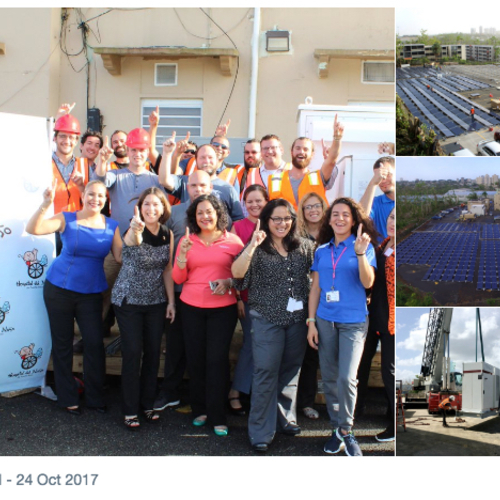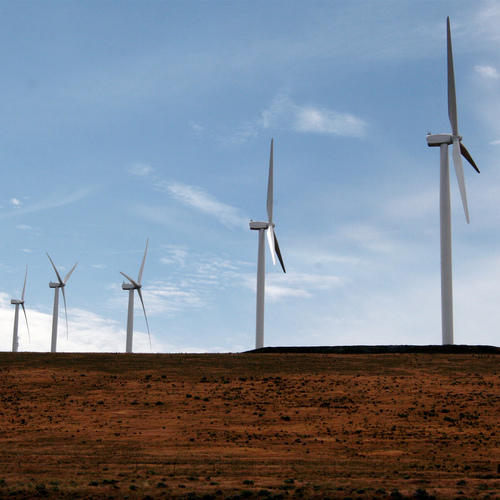
Still rebuilding from the 2017 hurricane that all but wiped out the island’s electricity grid, political leaders have proposed that Puerto Rico generate all of its electricity from renewable sources by 2050 and end the monopoly of the bankrupt Puerto Rico Electric Power Authority (PREPA).
Caribbean Business reported that the proposed legislation would also establish energy-saving requirements for all government agencies, end the use of coal by 2027, and phase out bunker C oil for generating power.
The move to renewable energy would be a major departure for Puerto Rico. The Commonwealth currently relies mostly on imported fossil fuels to meet its energy needs, according to the U.S. Energy Information Administration. About 40% of Puerto Rico’s electricity is generated by burning bunker C (No. 6 residual oil), and another 30% from No. 2 diesel.
Hurricane Maria caused catastrophic damage to the island in September 2017, causing the largest blackout in U.S. history and killing hundreds if not thousands of residents. Thousands of homes and businesses are still without electricity.
Regulatory responsibility for energy would go to the Puerto Rico Energy Bureau (PREB) while PREPA’s fate is sorted out in bankruptcy court. Senate Vice President Larry Seilhamer said the measure is aimed at providing Puerto Rico with a “robust, resilient, affordable and reliable system.”
“To this end,” he said, “we are promoting the reconstruction, modernization and updating of the transmission and distribution system of the network. The monopoly is put to an end as we know it today to give way to competition in power generation and fuel diversity.”
The legislation would move the island’s electrical system to renewables in stages, beginning with a 20% share by 2025, then 50% by 2040, and finally to 100% by 2050.
The plan would promote the use of small-scale power plants and encourage what Seilhamer called “prosumers,” people who both consume and produce electricity (akin to solar system owners who export excess electricity to the grid). Anyone buying or operating generating assets currently managed by PERPA would be required to either modernize or replace them with more efficient plants within five years of taking them over.
Separately, Politico reports that at least six Democratic gubernatorial candidates as well as some possible presidential hopefuls are backing a goal to move the U.S. to clean energy over the next few decades. Many details, however, are missing and there is no general agreement on such issues as the role of nuclear energy and natural gas in the mix.
Former Vice President Al Gore told Politico, “When lots of candidates in widely different political environments are all running on a platform of 100 percent renewable energy, it means that voters are telling them they want leaders who will help solve the climate crisis. So these candidates have concluded correctly that acting on the climate crisis is a no-brainer.”
Weekly Newsletter
Get building science and energy efficiency advice, plus special offers, in your inbox.















0 Comments
Log in or create an account to post a comment.
Sign up Log in